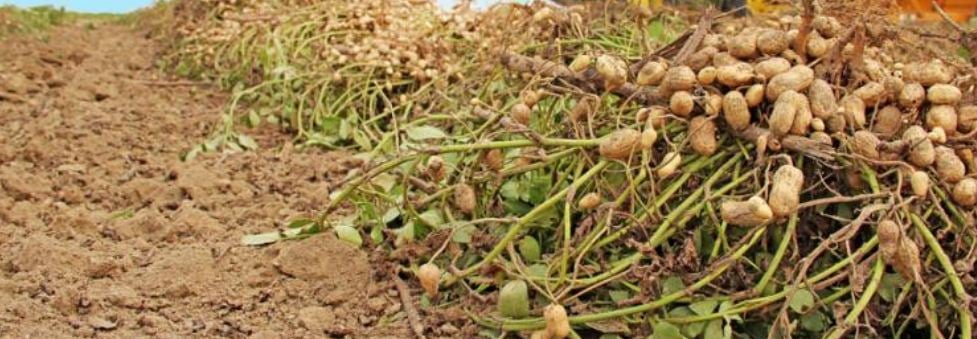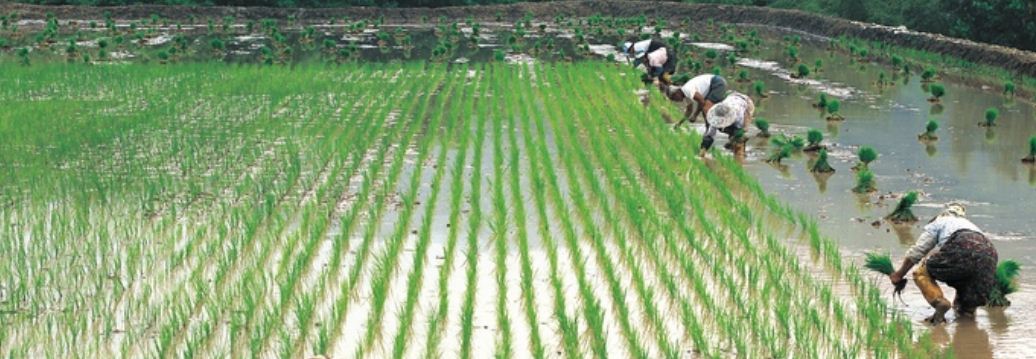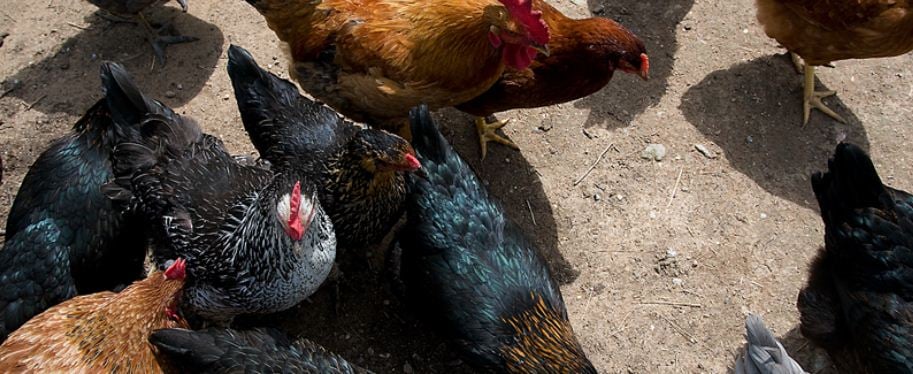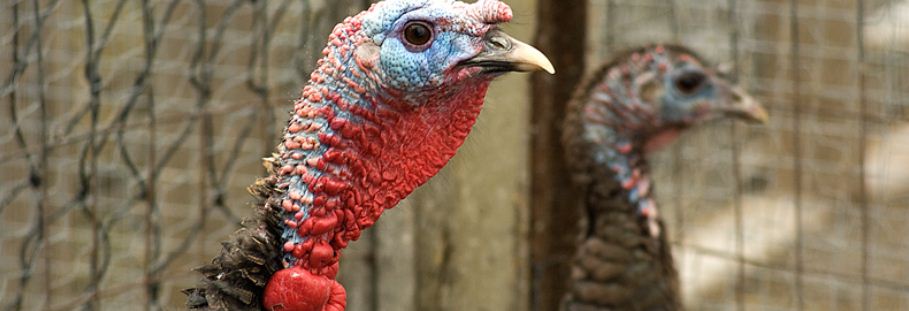Tips on How to Start a Groundnut Farming Business

Groundnut farming is one of the business opportunities to consider as a lucrative startup in agriculture both for entrepreneurs and investors as well. Groundnut is a nutritious edible seed and a source of healthy oil makes it profitable for anyone wants to start the farming business.
Groundnut or Peanut farm is one of the income-yielding businesses when it comes to farming and you don’t have to worry about it perishing because it has a moderate shelf life. It can also be converted into other useful food sources and more which will provide you money.
If you are interested in starting a groundnut farming business but don’t know how to go about it, or maybe even wants to gain more knowledge, the steps below will serve as a guide;
1. Know Everything About Groundnut
Try and find out as much as you can about the groundnut farming business, by searching online or preferably asking other local farmers or working in a groundnut farm.
Starting a groundnut farm can be very easy and interesting when you know exactly everything about the seedling. This basic knowledge will provide insight into other ways to make a huge profit by converting them to other food sources.
This will give you an idea of what and what you should be expecting, and how to go about it starting from the planning to the carrying out of the project, harvesting, and sales.
2. Best Soil For Groundnut Farming
Find a suitable location and consider a good soil type. Important things to know about the soil of the compositions and pH value, ascertain if it is good for growing of groundnuts or not before choosing it.
In this case, it requires well-drained and loose soil such as sandy clay soil or sandy loamy soil while the normal pH level requires should be within the ranges of 6.5- 7.0.
Groundnuts need sufficient soil that is rich in organic matters, which is high fertility soil with sufficient moisture to grow perfectly.
3. Land Preparation
Land clearing is the first process involved in preparing the land where you will cultivate groundnut.
Proper cleaning of the land makes the crop to grow well without having any unnecessary interference that will limit its growth and yield.
Other series of operations involved in land preparation aside land clearing are plowing, harrowing and ridging.
Plowing
This is among the initial processes of land preparation that involves turning or loosening the soil using a farm tool called plow.
In this way, weeds, grasses and the entire crop residue on the farmland are buried in the soil. They turn as into manure for enriching your groundnut during cultivation.
Harrowing
This is the smoothing and breaking up the soil surface with the use of harrow machinery.
Harrowing is a kind of follow-up to complete the rough finish process after plowing. It is done for the purpose of breaking the lump soil to provide finer soil structure suitable for good cultivation.
Ridging
Another method of land preparation that involves making heaps on the farmland is known as ridging.
It is done after plowing and harrowing processes must have been completed. The essence of it is to get the best soil that facilitates the infiltration of water, create rectangular harvest structure and loosen the soil for your seed to develop well and provide high yields.
4. Know the Best Time for Sowing
The best time for planting groundnut is around May -June, so it is important to get the land ready before then. Also, get a good groundnut seed because what you actually put in the soil will determine your yield.
Groundnut sowing kicks off in the raining season during the onset of the rainfall. This is usually in the third week of June.
5. Seed Preparation
Firstly, before you start putting the groundnut seed in the soil you have to prepare and map out the direction and number of rows in length and width. Also, get prepared the seeds manure package for each row.
Again, select the well-filled groundnut pods and remove the seeds from their shells at least one week before the sowing time. The bold kernels are mostly preferred to the smaller ones because the plants produced from them are found greater.
The number of leaves, branches and successful seeds; the mass of shoots, roots and pod yields of the good quality seed are always superior compared to the smaller ones.
6. Seed Treatment
It is also necessary to apply treatment to the selected seeds before planting in order to protect them from certain diseases that may be present in the soil.
Seed treatment helps to control pathogens such as rhizobia: gram-negative diazotrophic bacteria that cause harm inside the root nodules of leguminous plants in the soil.
Therefore, it is very important to take preventive measures such as coating the seedlings with fungicides such as bavistin or thiram in moderated quantity to help fight against seedling diseases.
7. Seed Spacing
Groundnut seeds can be sown with the help of seed-planting machines, spacing wheels or use of the bare hand. The most important thing to note here is the seed spacing pattern.
Spacing in groundnut seed sowing depends on the variety Virginia, Spanish or Valencia (runner or bunch), the mass of the seed and the rate of germination of the seed lot.
Now that you are ready to sow the well-formed seeds you have selected, follow the right seed spacing pattern. The seeds are sown to a depth of 5 to 8 cm or 5 to 6cm at a seed rate of 40-50kg per hectare in the soil.
In a case whereby you have small seedlings (bunch), you should space them at 30cm between rows and about 15 cm in-between plants. Small seed types have a plant population of 167,000 per hectare.
The bold kernels that are the large-seeded groundnuts known as a runner are planted at the space of 45cm between rows and 20cm between plants. This type of nuts provides peak plant population of 89,000 per hectare.
8. Manure & Fertilizer Application
You can add manure or fertilizer to improve the fertility of the seeds. A balanced fertilizer application provides an adequate level of mineral nutrients necessary for the germination of seeds.
Note that manure or fertilizer application depends on soil nutrients and status.
Organic manure such as animal manure or well-decomposed farmyard manure is used for planting this kind of groundnut seed.
To apply any of the organic manure mentioned above, you have to prepare them and mix them into the soil at least one month before the planting time to increase the soil structure.
In the case of inorganic manure (artificial fertilizers), you have to know the major mineral components required in groundnut farming. Some of these components are calcium, zinc, Iron, Nitrogen, Sulphur, and phosphorus which are present in the sol already.
Only on the indication of lack of these nutrients in the soil that you can use soil application of the above-mentioned nutrients to correct the symptoms depending on climatic conditions necessary for agro farming.
Also, make sure that the necessary resources from water to fertilizers are available to aid in the timely and effective growth of the seeds.
Generally, groundnut farming does not require fertilizer except when grown on a poor soil type.
9. Disease Control
Just like any other crops, pest and diseases are one of the greatest enemies of groundnuts as they attack the crops within any slightest opportunity.
Therefore you should be on the lookout and procure the necessary pest control and diseases control chemicals or better using a natural way to control and manage it.
10. Weeding And Weed Control
Groundnut farms should be weeded within a period of 3 to 6 weeks after sowing. Mature weeds are associated with much seed damage which occurs during the first 45 days of the plant growth.
Weeds can cause the estimated average yield loss of 30 percent while poor weed management causes the yield loss of more than 50 percent.
Weeding and weed control done manually or chemically within the first 6 weeks of groundnut growth has many effects on the yield.
It is advisable to weed the farm as often as possible within the initial 6 weeks and weeding should stop once leaves start appearing from the seeds.
11. Harvesting
Harvesting of groundnuts is just a few months away from when it was cultivated. It takes 4 to 5 months to say 120 to 150 days for groundnut to mature though it still depends on the variety of groundnuts planted.
Once you notice fall-off and brownish color in the lower leaves, harvesting should kick-off immediately.
It can be done by hands or with the use of the machine. How do I harvest? This is a question people would ask at times. Very simple, just uproot or pull the plants out from the soil and remove the nuts from the plant roots or stem.
Do not harvest premature groundnut pods as it will cause a reduction in the yield, seed quantity and oil percentage in the nuts.
12. Processing And Storage Method
After harvesting the groundnut, they should be spread under the sun for a few days (say 2 or 3) to dry properly before removing the nuts from the shell.
Harvested groundnuts are left under the sun for a few days so as to reduce the moisture content in the pods to avoid toxin development caused by yellow mold by leaving some moisture content in the pods. The water content should be reduced to 10% at least before shelling.
The seeds can easily be removed from the pods manually ponding them slightly in the mortar or mechanically with groundnut decorticating machine.
Storage is a phase of the post-harvest method during which harvested groundnut is kept in such a way as to grantee food for the future.
They can be stored in rhombus or silos which is a pit made on a farm mainly used in storing grains.
Groundnut pods that have not been shelled are safely stored in bags and stacked separately for free are circulation among them. The shelled ones can be stored in an airtight container in a cool dry place for up to one year.
You should check from time to time for insect damage. You can as well treat the shell nuts before storing them.
It is said to be more economical to store shelled groundnut than the unshelled ones because the grains are more disposed to insect attacks.
At this juncture, what comes to your mind is how to market or sell your products to make a profit which is the main aim of venturing into the business.
Actually, it is very easy to sell your groundnut whether shelled or unshelled. You can sell to a local or international market, supply to groundnut mills or local exporters.
Groundnut farming, unlike some other crops, doesn’t require much in terms of resources and maintenance, and you don’t have to wait for years before ripping the fruit/seed of your labor.
So for those who want to start making profits fast should endeavor to start this kind of business while putting into consideration the tips above.




